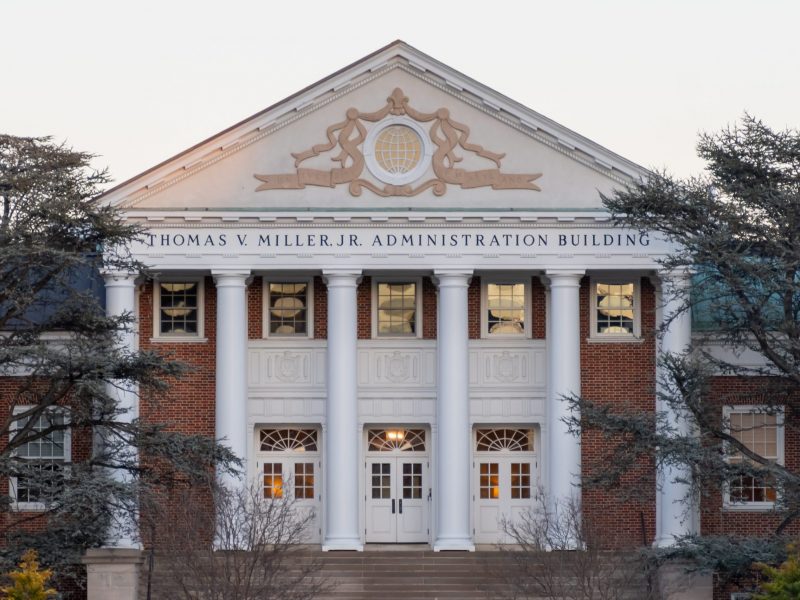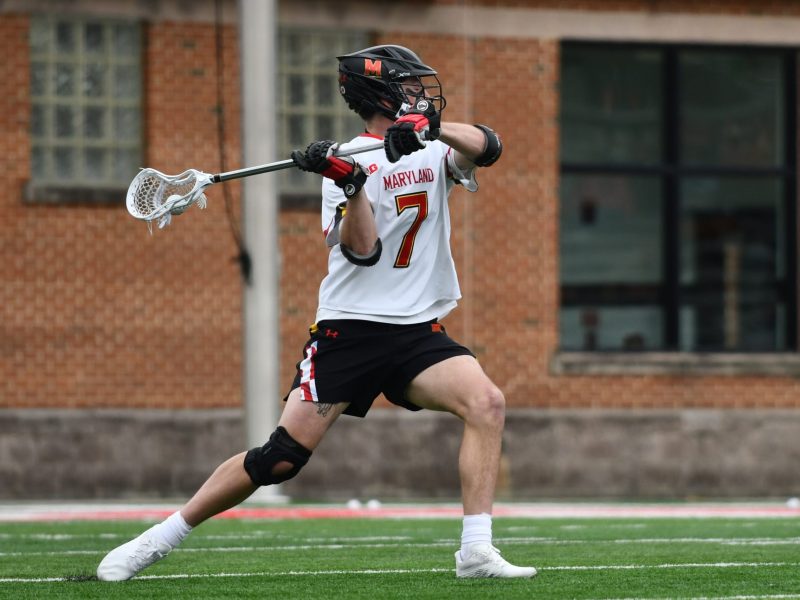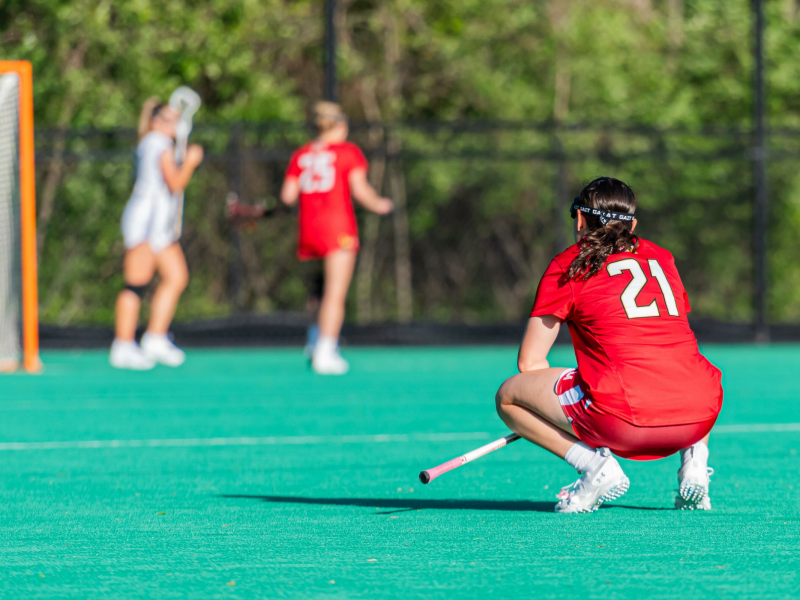What are the main four professional sports in this country? For decades, baseball, football, basketball and hockey have been the obvious answers. But last year, something unexpected happened: Major League Soccer, in its 16th year of existence, averaged more fans per game than both the NHL and the NBA. MLS teams play a much shorter schedule, so the overall attendance and revenue numbers push soccer back into fifth-place standing, but the point remains: Professional soccer is growing, even as the economic downturn has kept revenues in other professional sports stagnant.
DC United — a charter member of MLS — is one of the league’s most prominent teams. Until subpar performances the last couple years, the club regularly bested league attendance averages, drawing about 20,000 fans per game. But after years of playing in the outdated and cavernous RFK Stadium, DC United is looking for a new home. Options in Washington appear to be dwindling, and the team is even considering a move to Baltimore.
So Cavan Wilk, a university alumnus and blogger for Greater Greater Washington, recently posed a question: What about building a soccer stadium on this university’s campus?
Such an undertaking may seem counterintuitive given the athletics department’s financial imbroglio, but the construction would come at no cost to the university because it would likely be funded through a public-private partnership between DC United and the state or county government. If the financial pieces fall into place, the scenario actually makes a lot of sense.
The Washington Post reported last month that DC United and university officials have already discussed hosting future DC United games at Byrd Stadium while the team seeks a new complex. The university’s location within the Capital Beltway and near the Metro’s Green Line — not to mention plans to run the Purple Line through the campus — make the campus highly accessible. Recent developments along Route 1 would prosper with the influx of fans, as would the university’s proposed East Campus development.
A new stadium would also be in accordance with the university’s Facilities Master Plan. The most recent version, released in 2007, calls for a new soccer stadium to be built near the existing Field Hockey & Lacrosse Complex. The plan is being updated, however, and the latest draft instead suggests renovating Ludwig Field, where the men’s and women’s soccer teams currently play. Either way, the university is looking to update its soccer facilities for a men’s squad that frequently fills the 7,000 seats at Ludwig Field and averaged more than 4,000 fans this season.
There’s even a precedent for such development. The Home Depot Center, home to both of Los Angeles’ MLS clubs, was built on the grounds of a California State University campus in nearby Carson.
One potential roadblock is the Prince George’s County Council. In 2009, the body shot down plans to build a stadium near FedEx Field in Landover, citing unreasonable risk in the plan to issue municipal bonds for construction. The county also anticipates a $133 million budget shortfall in fiscal year 2013, but if the council could be convinced tax revenues from a new complex — and the subsequently higher property values — would offset potential risks, it might be willing to revisit the issue, especially as DC United grows increasingly desperate to find a new home.
When all is said and done, talk of a DC United stadium on the campus may be much ado about nothing, but it’s the sort of outside-the-box thinking this institution needs if university President Wallace Loh is truly going to transform College Park into a top college town. The athletics department has dug itself quite the revenue hole, so the university should aggressively pursue DC United as a Byrd Stadium tenant for future matches. Consider it a trial run — who knows, maybe that will set the ball in motion to transform the city and campus into a cultural hub befitting a world-class university.


